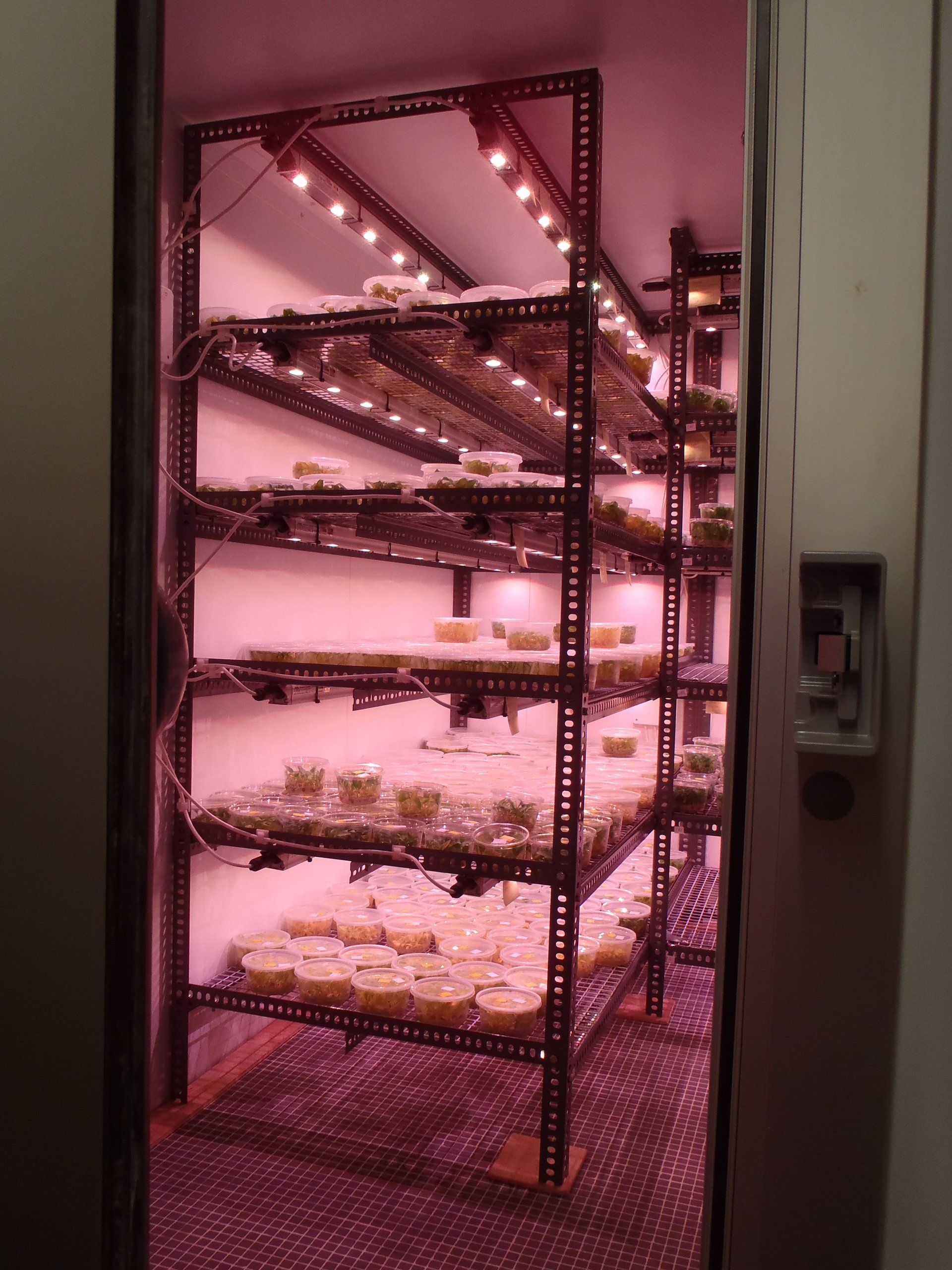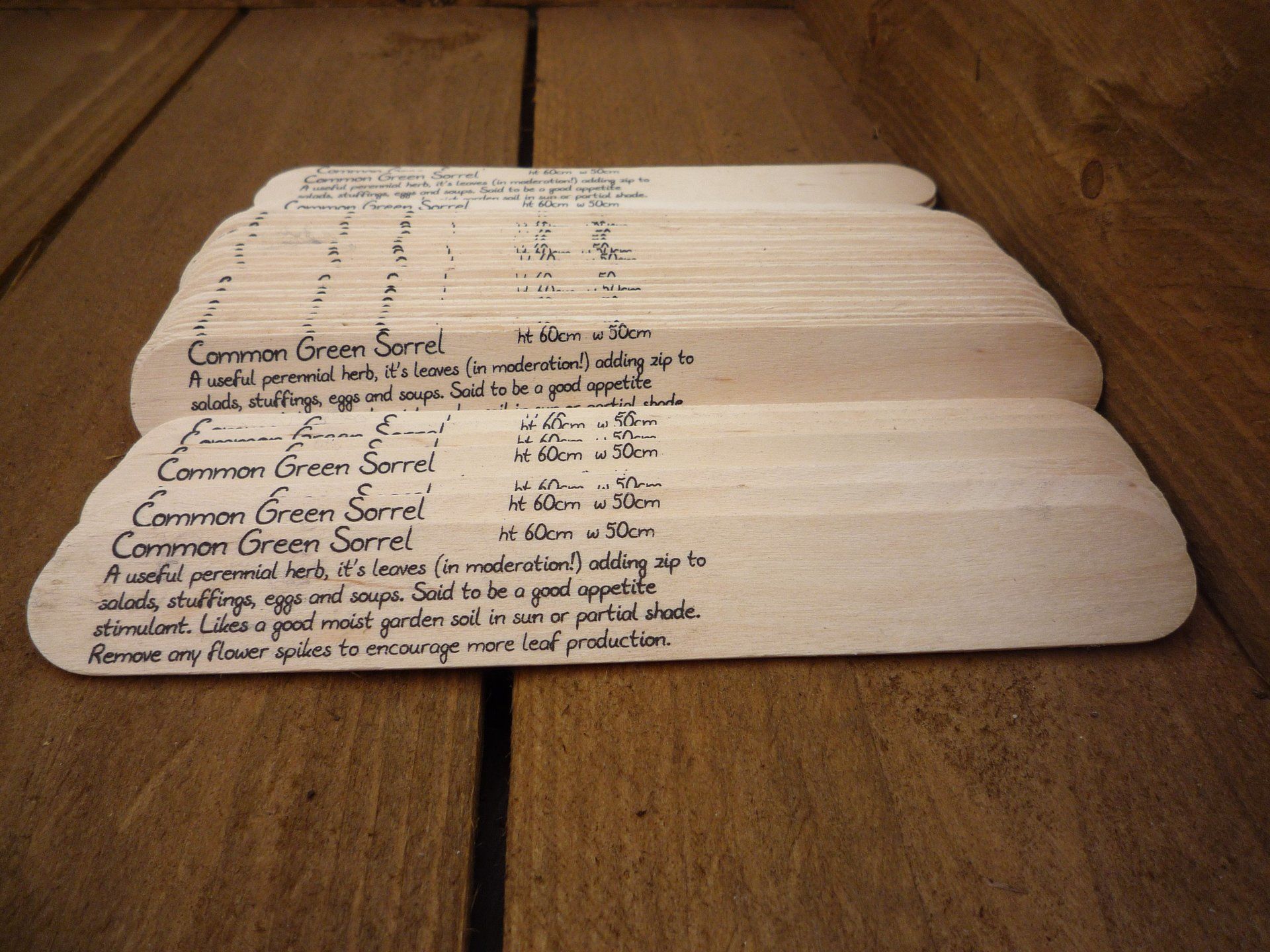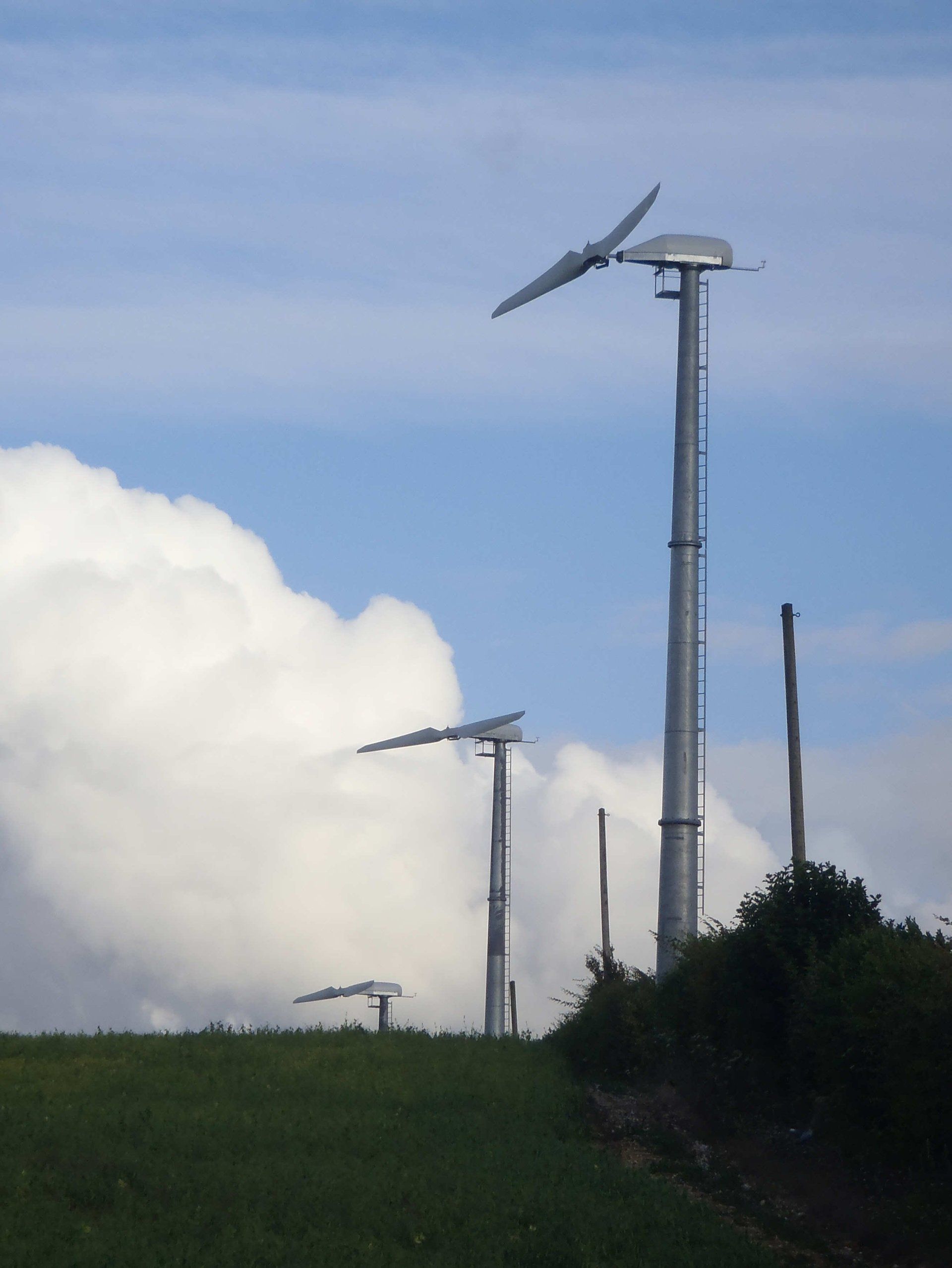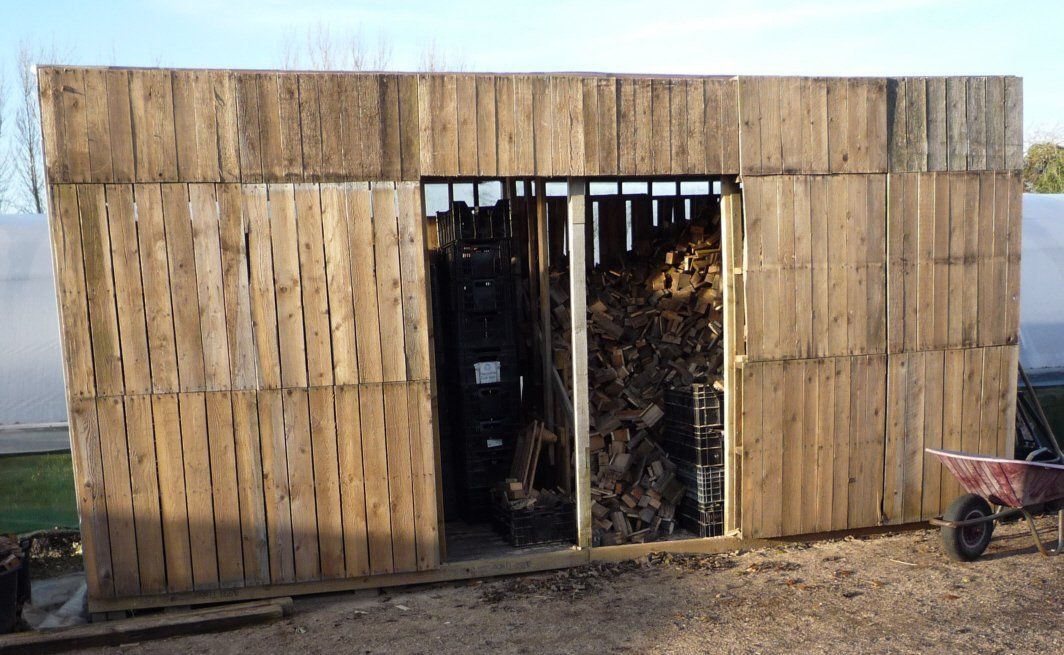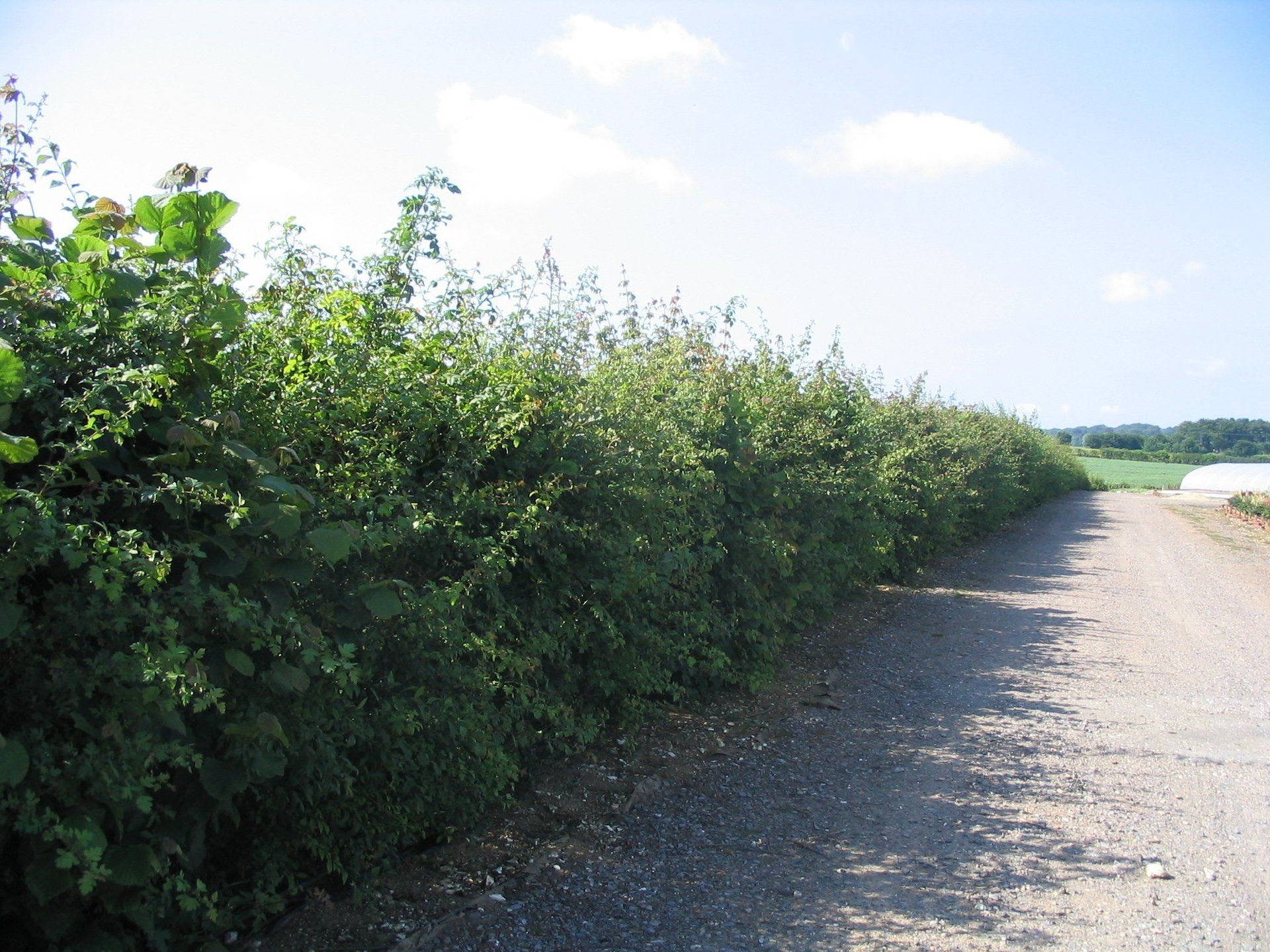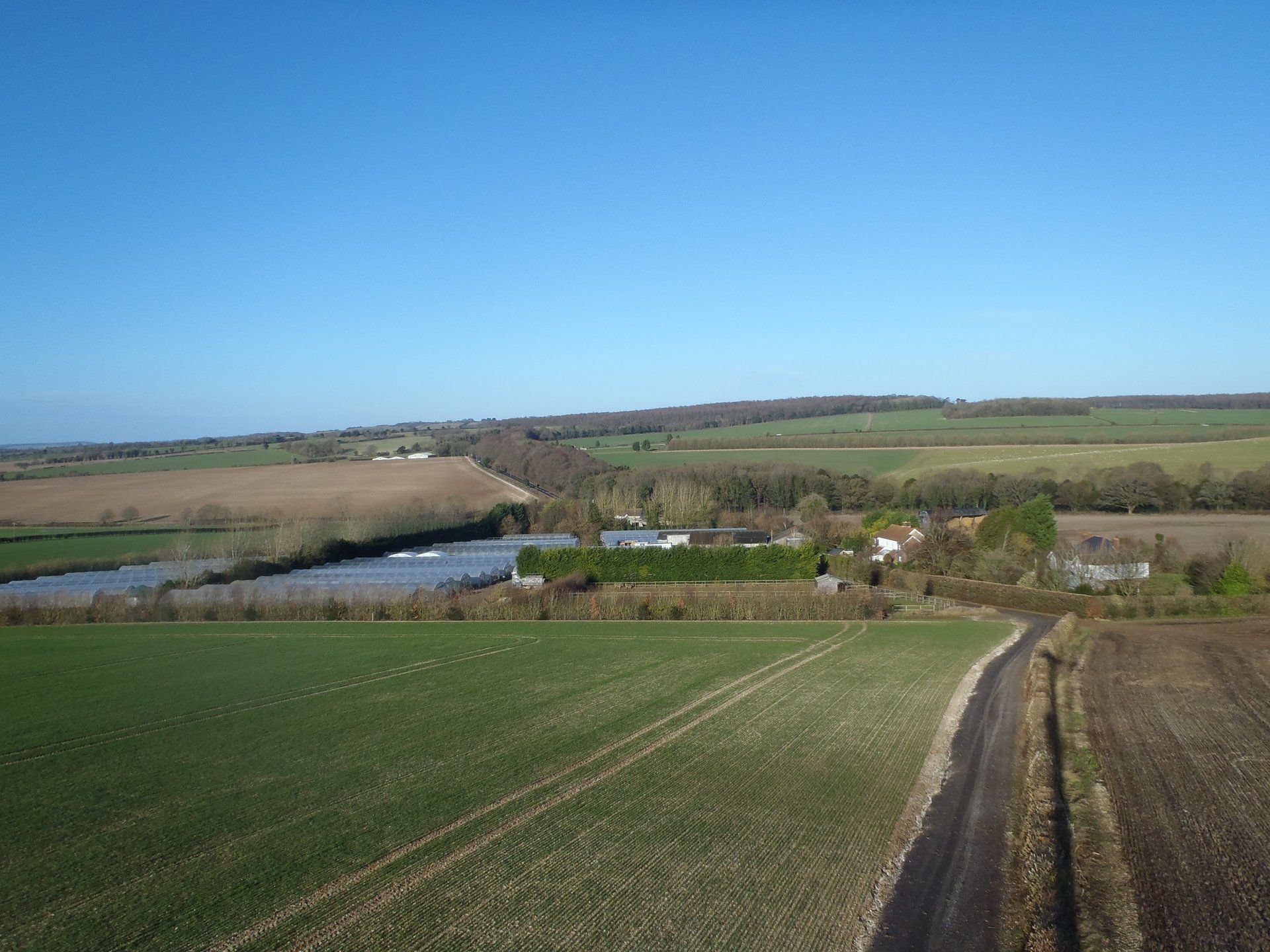Sustainability in hairy pot production
There is plenty of focus on carbon footprints as an indicator of environmental impact, but there is much more to sustainability than that. The overall effect of carbon being released into the atmosphere is being seen, quite rightly, as important, however there are many other factors that also come into play when looking at sustainability.
We look across our whole business to try and minimise the impact we have on the world's resources and environment while keeping in balance the need to keep our products affordable and the business afloat. Here are a few areas where we are endeavouring to get it right and continually try to improve;
Revolutionary card based labels
In 2019 we started the introduction of a completely bio-degradable FSC card based version of our bespoke coloured pot labels. The card is coated with a protective water- proof layer of vegetable based starch, which slows the degradation of the card in damp conditions. The material, used by our label printers Floramedia, is called B500 and has been used before in more protected environments where labels can be kept away from contact with direct sources of constant moisture, to ensure shelf life is maximised. Our bamboo skewer onto which the labels are threaded effectively lift the label out of the damp compost which would otherwise quite quickly soak in around the label edges, reducing the label strength and integrity. We have used over 600,000 of these new labels so far, with very few reported problems. The most difficult part of our plastic label supply to replace, has been those labels we end up having to print ourselves. The suppliers have been unable to provide anything other than perforated plastic A4 sheets, with no waterproofed card options. We have now bitten the bullet and invested in our own 12 tonne die cutting press, so that we can punch out labels ourselves from A4 sheets of the same B500 Floramedia material and this will remove the last of the plastic labels from our marketing presentation.
Water Use
After a major irrigation refit we introduced more thrifty and versatile application methods. This included our Evaposensor kit installed in 2013, so we can measure water loss and adjust the volume of water applied more accurately. We pump borehole water to cover a large proportion of our needs and plan to harvest more rainfall, drastically reducing our dependency on the mains supply. We are installing, in phases, more drainage infrastructure on site to reduce crop flooding and collect more rainfall. January 2021 sees the completion of a 4 winter project of ‘between tunnel’ French drain installation, it was a mammoth manual task but well worth the effort.
Pest, disease and weed control
Weed control depends less and less each year on chemicals. We never use herbicides directly on our crops, which are all hand weeded but we do use some to keep down the weed seed pressure from areas immediately around the crops. We are extending our use of physical weed barriers with bark, shingle and coir mulches to help minimise herbicide use on the non-crop areas.
Pest control through the summer is now largely dependant on predators either artificially introduced by ourselves or migrating in from the large volume of natural hedging we have planted around the site and our scattering of ponds. We still need to spot-spray areas occasionally where a pest gets established and the predators need a little help. The spray programme continues to evolve as we change over to more bio-pesticides and bio-fungicides as they become available.
After disappointing results using bacterial spores in the compost to give long term vine weevil control, in 2014 we turned to applying a range of nematodes to regain control. Low dose applications are applied monthly through the irrigation system from early spring until the autumn and have proved very effective. A constant background population of nematodes seems to be the answer to keeping on top of this tricky pest and has the knock on advantage of suppressing other soil dwelling pests too.
Building sustainability into our site developments
We have recently constructed several new nursery buildings, a small store, mess room and a new office. All replacing ancient inefficient units, they are constructed from twin skinned log cabin kits, with super extra levels of insulation, double glazing, heated with efficient modern heaters, and fitted with LED lights etc, so not only are they more comfortable to work in but cheaper to run too.
Waste Management
The amount of type and waste produced is another business focal point. The sustainable and reusable packaging systems we use, virtually eliminate any packaging waste and our customers need to dispose of. On the purchasing side we are minimising waste levels of materials and products bought onto our site through tighter planning and buying. The waste we do produce is either reused, recycled, composted or used as fuel. There is only a small volume going to the local incineration and power generation station with no waste knowingly going to landfill.
Energy developments on the nursery
Carbon footprint reduction is still an important part of our overall sustainability effort. Our initial target has always been to lower energy consumption by using new technology, closely monitoring our usage, adjusting our heating and lighting programmes, fitting extra insulation and improving staff awareness. This has resulted in reductions in our electricity use by over 30% since 2008 and 30% in heating oil.
Solutions can be as technically diverse as fitting specialist LED lighting in the lab growth room, or installing variable speed pumps, to constructing a waste wood store from old pallets. Generating our own power has proved very beneficial after the installation in July 2011 of our three 11kW wind turbines above the nursery. If the weather is with us, we now generate more electricity than we use which helps save on costs and provides useful income from any excess power that we export and the feed-in-tariffs paid for renewable energy generation.
Investment last winter in yet more LED lighting is expected to reduce overall consumption by at least another 15%.
Help and support
We are very grateful for all the practical help and inspiration given to us on our long drive towards sustainability. That support has come from many sources, during the early days being members of PLATO Sustain and participants in the 10:10 campaign got us off to a great start. Since then we have been through Carbon Smart accreditation and are now working with the local Sustainable Business Network and NUS Green Impact program (supported by Winchester City Council).
This support helps reinforce our sustainable approach to how we run our lives and business. This and the continual innovation on the nursery makes for a big difference.
Remember, every little bit helps.
Address
Office hours
- Mon - Fri
- -
- Sat - Sun
- Closed
